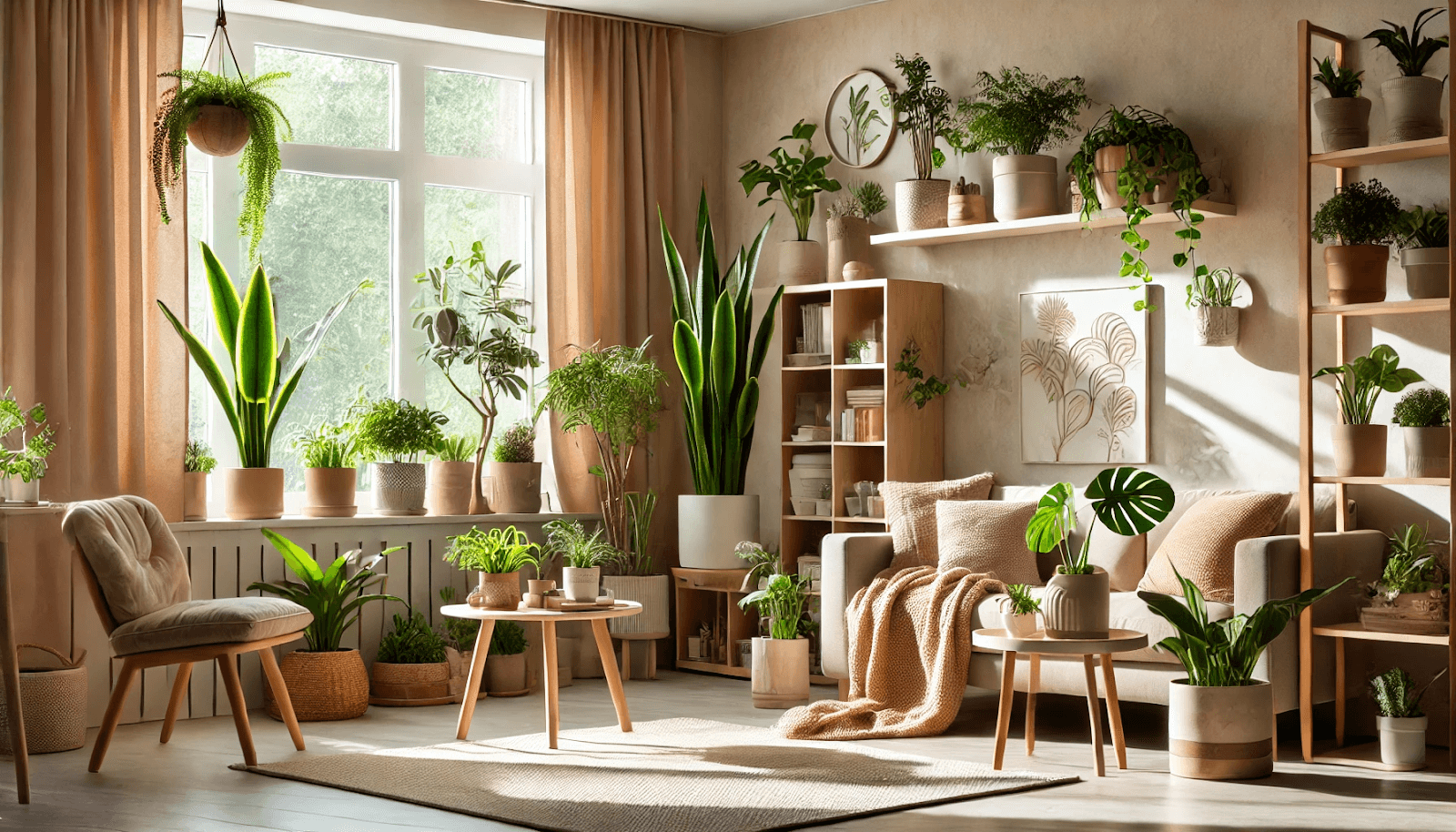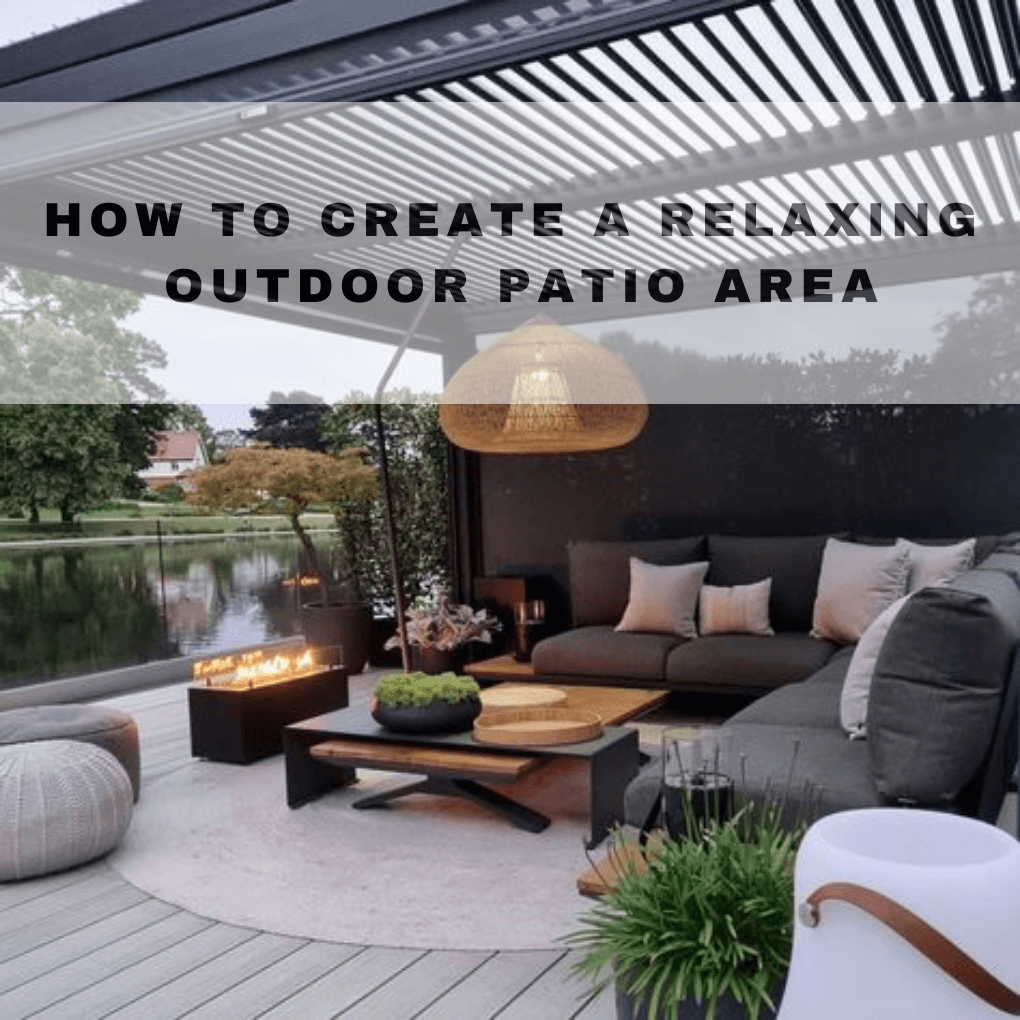Indoor plants are more than just decorative items for your home; they can purify the air, boost your mood, and create a calming environment. However, selecting the right plant for your home can be a bit overwhelming due to the variety of choices available. The key to choosing the best indoor plants lies in understanding your home’s environment, your lifestyle, and the amount of care you’re willing to commit. In this article, we’ll guide you through the process of selecting indoor plants that will thrive in your space.
Consider the Light Conditions in Your Home
Before you choose any plants, it’s essential to assess the light levels in your home. Indoor plants vary widely in their light requirements, and selecting plants that match the light conditions in your home is crucial for their health and growth.
Types of Light in Your Home
- Direct sunlight: This light comes from a window with little or no obstruction, often in the morning or late afternoon.
- Indirect sunlight: Light that filters through curtains or reflects off surfaces, making it less intense than direct sunlight.
- Low light: Areas of your home with very little natural light, such as interior rooms or those far from windows.
Understanding these types of light will help you choose plants that are best suited for each area in your home.
Matching Plants to Light Conditions
Different plants require different light conditions. For low-light areas, consider plants like snake plants, ZZ plants, and pothos. These plants are hardy and can tolerate less sunlight. For areas with indirect light, medium-light plants such as peace lilies, spider plants, and dracaena will thrive. In spaces where you have plenty of direct sunlight, high-light plants such as succulents, cacti, and fiddle leaf figs will do well.
By matching the light requirements of plants to your home’s lighting, you can ensure they stay healthy and vibrant.
Assess Your Home’s Temperature and Humidity
The temperature and humidity in your home play an important role in how well your indoor plants will thrive. Understanding your home’s climate is key to selecting plants that will feel comfortable and grow well.
Ideal Temperature Ranges for Plants
Most indoor plants prefer a temperature range between 60°F and 75°F (15°C to 24°C). Extreme temperatures, whether too hot or too cold, can cause stress to the plants, affecting their growth and health. Make sure to place your plants away from heat sources, air conditioners, or cold drafts.
Importance of Humidity
Humidity levels can also impact plant growth. Some plants, like tropical species, thrive in a humid environment. If you live in a dry climate or your home has low humidity, consider increasing moisture by lightly misting the plants, placing a humidity tray near them, or using a humidifier. Tropical plants such as ferns, orchids, and calatheas tend to need higher humidity levels. By adjusting your environment, you can provide your plants with the conditions they need to thrive.
Choose Plants Based on Your Care Preferences
When selecting indoor plants, consider how much time and attention you’re willing to give them. Some plants are low-maintenance, while others require more care and attention.
Low-Maintenance Plants
If you’re a beginner or have a busy lifestyle, choosing easy-to-care-for plants is the best option. Snake plants, pothos, and succulents are all great choices for low-maintenance plants. These plants are hardy and can tolerate neglect, making them perfect for people who are new to gardening or don’t have the time to care for high-maintenance plants.
Plants that Need More Attention
If you have more time and enjoy the process of plant care, you may want to consider plants that require more attention. Orchids, ferns, and calatheas require regular watering, specific lighting, or even pruning to thrive. If you’re willing to commit to caring for these plants, they can add beauty and variety to your indoor garden.
Match Plants to Your Home’s Style and Aesthetic
Indoor plants are not just functional; they can enhance the aesthetic appeal of your home. Whether you have a minimalist, rustic, or modern interior, the right plants can complement your décor and create a welcoming atmosphere.
Small Plants for Cozy Spaces
If you’re working with limited space or want plants that fit easily on shelves, windowsills, or small tables, consider compact plants. Cactus, spider plants, and peace lilies are all good choices for small spaces. These plants are easy to care for and can be placed in various spots throughout your home without taking up too much space.
Large Plants for Statement Pieces
For those looking to make a bold statement, larger plants can serve as a focal point in your living room or entryway. Consider plants such as fiddle leaf figs, monstera, or rubber plants. These plants work well in larger spaces and can add a dramatic, eye-catching element to your home.
Consider the Plant’s Toxicity and Safety
It’s important to consider the safety of your indoor plants, especially if you have pets or young children. Some common houseplants can be toxic if ingested, so it’s essential to choose non-toxic plants if your household has animals or kids.
Non-Toxic Plants for Homes with Pets or Kids
If you have pets or small children, it’s a good idea to choose plants that are non-toxic. Safe options include spider plants, areca palms, and bamboo palms. These plants will provide you with beauty and peace of mind, knowing that they are safe for your family.
Identifying Toxic Plants
On the other hand, many popular houseplants are toxic to pets and children. Common toxic plants to be cautious of include dieffenbachia, philodendron, and sago palm. If you have pets or children, it’s essential to research the toxicity of any plant you bring into your home.
Conclusion
Choosing the best indoor plants for your home involves considering several factors, from light and temperature conditions to the amount of care you’re willing to invest. By selecting plants that match your environment, lifestyle, and aesthetic, you can create a space that feels vibrant and inviting. Whether you’re a beginner or an experienced plant parent, there’s a perfect plant out there for you. Don’t forget to take your family’s safety into account, especially if you have pets or children. With the right plants, you can enjoy the many benefits that indoor greenery has to offer.




